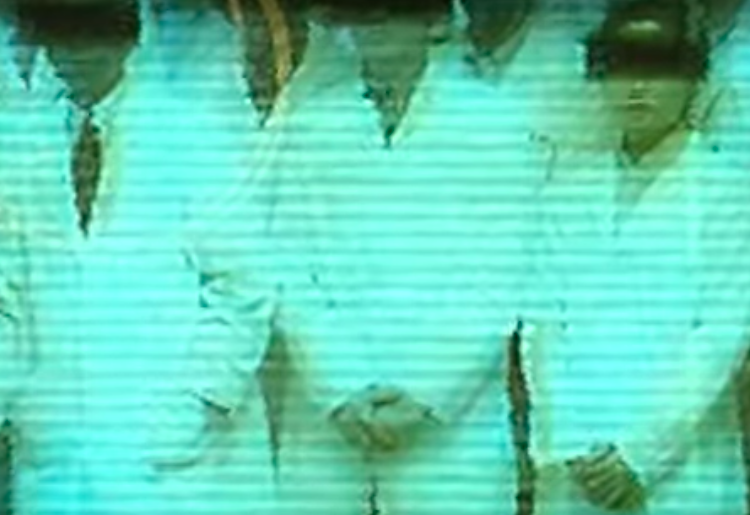I generated some AI produced art with Midjourney to test its effectiveness in visualizing the human imagination. All in all, I was happy with the results: the AI usually delivered at least somewhat accurate results. This made me think: if you have a specific image in mind, do you still need an artist? Can’t you just continue having the AI make generate something until you’re completely satisfied with the result? Intriguingly, I found a case where one game development studio actually tried this (at least to some extent).
Earlier this year, independent developer studio “The Brotherhood” released the puzzle/adventure game Stasis: Bone Totem. The story-driven horror sci-fi game was released to highly favorable reviews, with many players and reviewers praising the puzzles, art direction and atmosphere. An impressive feat for The Brotherhood, considering that they are a small South African studio with only a handful of employees and a short track record in the gaming industry. The Brotherhood had an interesting relationship with AI as they developed this game: they did some experimenting with AI as an art assistant, and this is their story.
What is this game?
In short, Stasis: Bone Totem is an isometric point-and-click game, which means that you, the player, direct the characters in the game to interact with the world around them simply by clicking on objects in the direct surroundings. By making different objects interact with each other in particular sequences, players solve puzzles. Point-and-click games have been around since the dawn of digital games, so this is nothing out of the ordinary. The game differentiates itself in particular through its story and worldbuilding, which, as mentioned before, was highly well-received.
Why is this game important?
While all this is well and good, what is of importance with regards to this blog is that the developer used AI to create some of the imagery used in the game to support its highly praised atmosphere. For example, the player can access in-game data files of non-playable-characters in order to discover more about the story. These data files are both aural and visual, and exist to create intrigue about the world in which the game takes place. Some visual examples are pictures of in-game scientists or ancient civilizations. Of these images, a fair few were actually generated using AI: some of the tell-tale signs of AI art in portraying humans is the fact that AI (at least at the time) has a hard time portraying a correct amount of fingers on people’s hands (see the screenshot from the game below). This is also what I noticed when using some AI image generators earlier to test these claims.
Which program the developers used is unclear, but their reasoning seems rather obvious. As a small team focusing on gameplay and story, AI art generation is an easy way to quickly and cheaply produce imagery that can pad the game’s content. At the same time, the developers can spend more time developing the remaining game elements.
Is the AI Art assistant good or bad?
While Brotherhood may have had good reason to use AI to generate some of these images, it does raise the question whether or not this is a good or a bad thing to do. While it does save the developers time and money which they can now spend on the core gameplay, AI art is not yet at the stage that it is perfectly integrated into the game: the hands of the scientists above are a clear indicator of AI art. However, as a player immersed in a sci-fi horror game you may wonder whether these weird hands are intentionally made this way and thus have some deeper meaning, or whether it is just a failure on the AI’s end. Of course, there are many other downsides to using AI art in video games: lack of originality, nonsensical and chaotic imagery, and a decreasing need for actually talented artists to create meaningful media. So is this use of AI good or bad? Like all things in life, it depends.
What Brotherhood ended up doing.
Brotherhood was called out for their usage of AI art, for example by the YouTuber Mandaloregaming, and many players wondered whether or not the AI art usage added value or not. In a story-based game, using random AI generated art might not be the best idea since the AI does not know the story you want to tell. This resulted in meaningless weird-imagery, which did add to the atmosphere but not to the story, whereas real art can do both. At least, this is the takeaway The Brotherhood had: some time after release of the game, they removed all the AI generated imagery from the game. So what do you think? Does AI art have a place in story-driven gaming? Do you understand the choice to remove all the AI art from the game?

